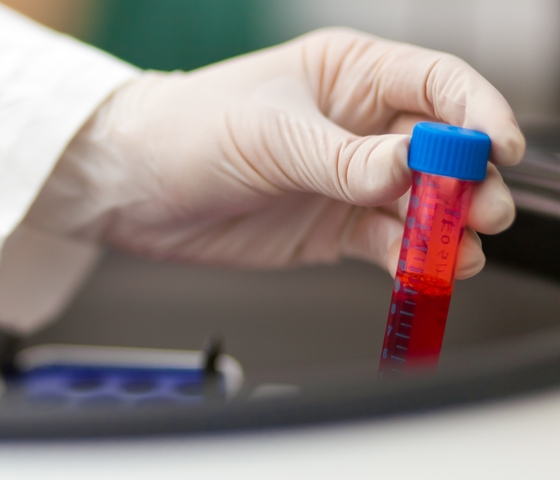Breast cancer is the most prevalent cancer in women in both less developed and developed countries, according to the World Health Organization. Now, scientists at the University of Copenhagen developed a blood test method that can predict future breast cancer, which led to better prevention and early treatment of the disease. The study along with the research results were recently published in Metabolomics.
“The method is better than mammography, which can only be used when the disease has already occurred. It is not perfect, but it is truly amazing that we can predict breast cancer years into the future,” said Rasmus Bro, a professor of chemometrics in the Department of Food Science at University of Copenhagen in a recent news release.
He also mentioned that the approach was only tested and validated in a single population, demanding more validation before it can be put in practice. However, the new test could generate a shift in the early diagnosis paradigm. “The potential is that we can detect a disease like breast cancer much earlier than today. This is important as it is easier to treat if you discover it early. In the long term, it will probably also be possible to use similar models to predict other diseases,” said Lars Ove Dragsted, a professor of biomedicine in the Department of Nutrition, Exercise and Sports in the news release.
The new blood test was developed in partnership with the Danish Cancer Society, and the team adopted their approach to develop the method from food science. In food science, researchers utilize this method for controlling complex industrial processes, involving a holistic and exploratory analysis of large biological data. The team examined all the compounds existing in a blood sample, instead of only examining a single disease-specific biomarker.
“When a huge amount of relevant measurements from many individuals is used to assess health risks — here breast cancer — it creates very high quality information. The more measurements our analyses contain, the better the model handles complex problems,” continued Professor Bro.
The model does not reveal the significance of specific breast cancer biomarkers, but the relevance of a set of breast cancer biomarkers and their interactions.
“No single part of the pattern is actually necessary nor sufficient. It is the whole pattern that predicts the cancer,” said Professor Dragsted.
The amounts of all compounds (metabolites) in the blood are described by a metabolic blood profile, and the scientists assessed these metabolic blood profiles. In a pre-cancer state, there are changes in the processing of certain metabolites.
The new metabolic blood profile is able to predict the risk of breast cancer development within the next two to five years with a sensitivity of 80%, while traditional mammography only has a sensitivity of 75%.
For this study, the Danish Cancer Society followed a population of 57,000 people over 20 years. From 1994 to 1996, participants had their weight and other characteristics recorded, and they provided a blood sample, which was stored in liquid nitrogen.
The data used included 20 year-old samples of blood and other information from 400 women who where healthy at baseline assessment but who had breast cancer diagnosis two to seven years after. The results were compared with 400 women who did not develop breast cancer.
The researchers used the method to also test a subgroup of women assessed in 1997. The validity of the model was confirmed by matches with these two datasets.

